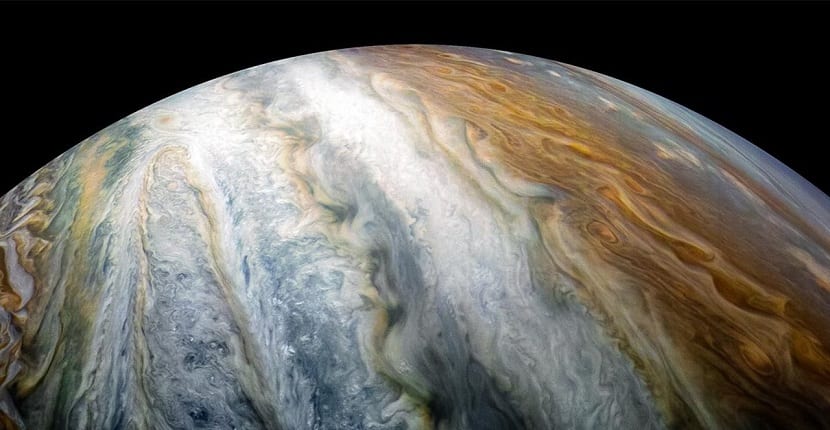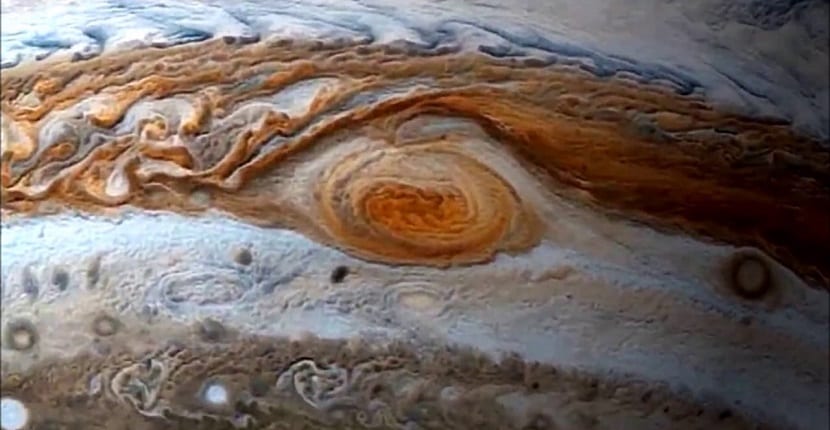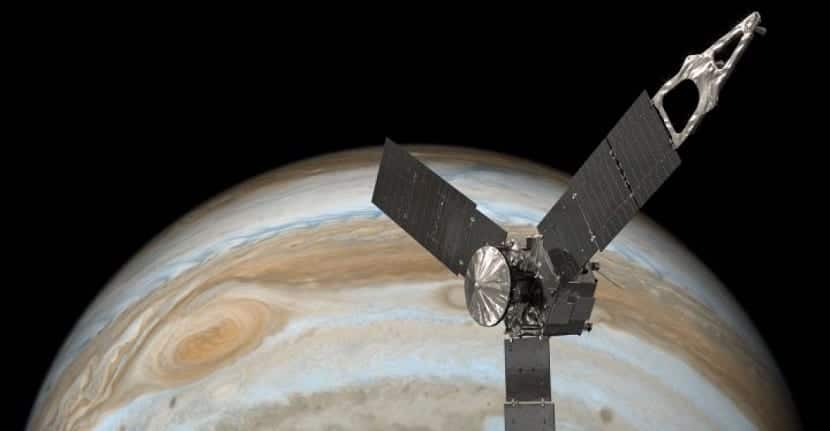
Undoubtedly one of the planets that historically, for whatever reason, has most caught our attention has been Jupiter. As you will surely remember and in order to get to know much better what today is the largest planet in the entire solar system in 2011 NASA launched the probe into space Juno, which did not reach the planet until 2016.
After five years of crossing and traveling more than 3.000 million kilometers finally the probe began to do all that work for which it had been designed. An adventure in which, after so many years, we have been able to understand in much more depth everything that a planet like Jupiter can hide in order to determine its origin and especially the evolution that it has lived through for so many thousands of years.

After more than two years of data collection, Juno offers us a more realistic view of Jupiter
Going into a little more detail about the mission entrusted to Juno, we must emphasize that, in the first place, it was placed in the polar orbit of the planet, which in turn is immersed in several of the dangerous radiation belts that the planet emits. Even so, it must be recognized that the ship has managed to achieve different milestones that have marked our knowledge of Jupiter.
Among the discoveries made by Juno and that today are in the public domain, it should be noted, for example, that the probe has been responsible for revealing the existence of a huge magnetic field, much greater than we thought, or made it possible for fly over the Great Red Spot of the planet. After all this time, NASA has just unveiled four new investigations that present us with previously unpublished details of a still unknown planet.

Thanks to Juno the density of Jupiter is confirmed
One of the unknowns that most concerned all scientists was literally knowing if the The interior of the planet was as dynamic as its external part. As you surely know, one of the characteristics of the largest planet in the solar system is that its surface is made up of a series of gaseous bands that alternate a light and dark hue that move in opposite directions at a speed that can exceed 100 meters per second.
The question on this occasion is to know what is just below these gaseous bands, that is, what happens inside the planet. After many months of exhaustive studies where experts have focused on analyzing the gravitational field, atmospheric fluxes, internal composition and polar cyclones, it seems that it has been concluded that Jupiter is a huge rotating ball whose changes in its gravitational field are due to the fact that the internal density of the planet varies. This characteristic may be due to the interaction of atmospheric flows that run through its surface and that also change between different regions.

Beneath that gaseous exterior is a liquid interior in Jupiter
In other work, NASA researchers have been working to discover how deep these airflows are. Based on the results revealed, we seem to be talking about a depth of 3.000 kilometers, same where approximately 1% of the entire mass of the planet is housed. The deeper these flows present, the more mass they present and the more impact they have on the gravitational field of the planet. This discovery was responsible for the researchers being able to determine the depth at which the air currents were as well as the extent and shape of the bands that the planet presents.
Finally, the last work that has seen the light tells us about polar cyclones, which at the time drew the attention of scientists due to the polygonal patterns they presented. After the research that has been carried out, those responsible for its development emphasize that, behind the cloud cover, there is a fluid planet composed of a gaseous exterior composed of hydrogen and helium with a liquid interior at very high temperature and pressure.